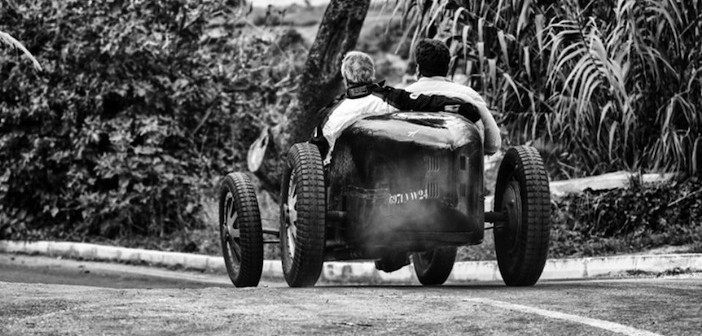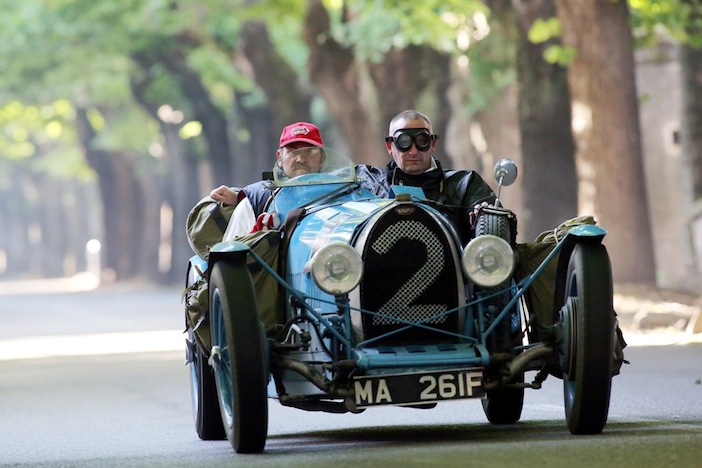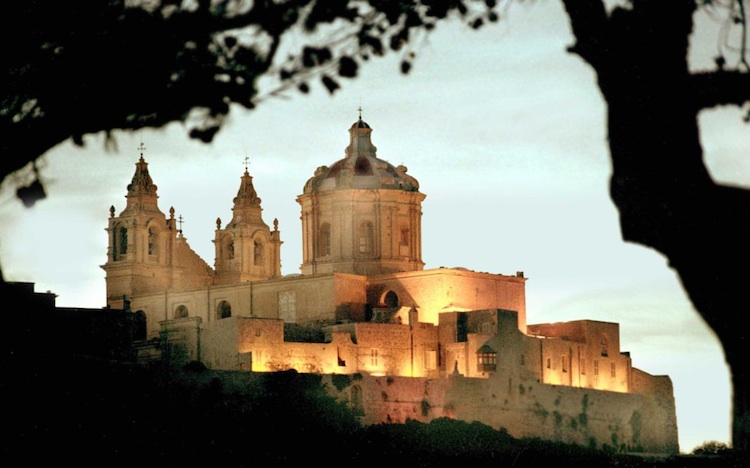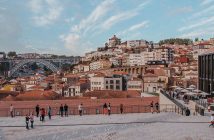I soon found I was mistaken. When the cars took off from their starting positions they did so at a stately pace. Laps were timed but no one seemed to be in much of a hurry to get back (judging by the arthritic age of some of the vehicles present, the drivers were no doubt pleased to get back at all.) It wasn’t danger I smelled up there on the hillside but pheromones of another sort, or perhaps expensive eau de cologne mixed with hamburger smoke.
Once I got over my disappointment that there wouldn’t be flames and burst tyres, that I wouldn’t be expected to dive in as anonymous bystander and emerge as reluctant hero, I began to appreciate what the whole thing was about. This truly was an instance where the taking part was more important than the winning. Of course there were prizes but I’m sure for most competitors it was being there that counted. Those taking part were amateurs in the main who had travelled from all over Europe, and further (some driving their mounts, others towing them) at no small expense or effort. Their cars had been traced, found, fought over and lovingly restored with, I daresay, more attention and money lavished on them than many of the wives present. Some were dressed in the clobber of the period replete with leather caps, driving goggles and heavy canvas coats. It was a chance for them to show off their trophies and they were damned if they were going to do it in a hurry.
After a time spent with furrowed brow scrutinising moving shapes on distant hill tops, we were given a chance to wander into the city and sample some local cuisine. The contrast between the gaiety and hubbub outside the walls and the solemn quiet within was marked. Mdina is known as the “Silent City” and for once this appellation fits. It wasn’t just that it exuded a cathedral silence (aided by the fact that there were very few cars) but there was a watchfulness to it that made one occasionally glance back over one’s shoulder. This was a walled town, a fortress town, that had stood sieges and been overrun numerous times in its long history. Perhaps this guardedness and suspicion had entered the very stones themselves. I may have been only a tourist but I have been to the Costa del Sol and know what a ravening horde tourists can be. Armed only with a fountain pen and tatty notebook, still, I was no innocent.
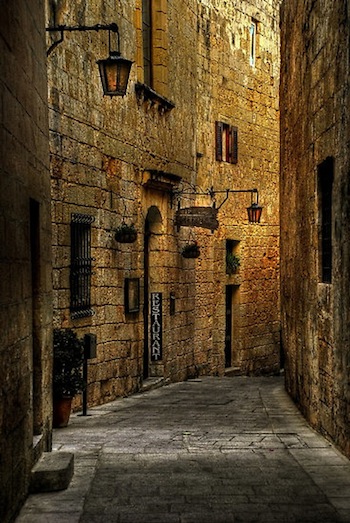 Mdina’s streets are narrow, its stones yellow, its doors stout and its windows high. It is called a city and indeed boasts a very fine cathedral (the first to be constructed on the island) and yet its inhabitants number only three hundred. The rest of the population lives in the nearby village of Rabat, of which the town is roughly contiguous with. Like Mdina which takes its name from the Arabic, Rabat means “suburb” in the same language. In fact, although it displays a mixture of Norman and Baroque architecture (Mdina suffered form a bad earthquake in 1693 and some of the buildings, including the cathedral, were re-built in this style) and although the Arabs were there for only a little over two hundred years, the city oddly maintains a slightly Arabanized North African feel.
Mdina’s streets are narrow, its stones yellow, its doors stout and its windows high. It is called a city and indeed boasts a very fine cathedral (the first to be constructed on the island) and yet its inhabitants number only three hundred. The rest of the population lives in the nearby village of Rabat, of which the town is roughly contiguous with. Like Mdina which takes its name from the Arabic, Rabat means “suburb” in the same language. In fact, although it displays a mixture of Norman and Baroque architecture (Mdina suffered form a bad earthquake in 1693 and some of the buildings, including the cathedral, were re-built in this style) and although the Arabs were there for only a little over two hundred years, the city oddly maintains a slightly Arabanized North African feel.
Perhaps the most lasting legacy of Arab rule is the language, Maltese (the other “official” language being English) which is an unusual and guttural mixture of Arabic, Italian and a little French and which has its roots in the now defunct Sicilian-Arabic dialect of southern Italy. It has the distinction of being the only remaining native Semitic language in all of Europe.
After lunch we were driven to the Meridiana Wine Estate for a post-prandial bout of wine tasting. The vineyard, set in nineteen hectares of flat fertile ground on the plain below Mdina, was the brainchild of Mark Miceli-Farrugia. A trader and connoisseur in wines for many years, Mr Miceli was disillusioned with the poor quality wines produced on his native island, which were made with a mixture of table grapes, imported wine grapes and sugar, but after a chance meeting with a Bordeaux oenologist, was persuaded that there was potential for high quality wine growing in Malta. Through a partnership with Marchese Piero Antinori, one of Italy’s leading vintners, the Meridiana was born. The site was acquired in 1987, planted in 1994 and 1995 after a winery and complex irrigation system were constructed, and within a couple of years of production, bottles were being sold out in months. The vineyard was a success and Miceli’s grand dream realised.
By the time we arrived dark storm clouds were amassing in the sky above Mdina. The town, silhouetted against the immensity, looked more austere and martial than ever, ready to do battle with the gods of the air as it had for centuries done battle with the kings of the earth.
The winery was located in the middle of the estate and was reached by a long straight track. Although modern, it was designed to conjure up notions of traditional working practice. Built of local chalk-coloured limestone with wooden pergolas and balconies hung with grape vines, it resembled an old private hacienda more than it did a state of the art wine manufactory. But appearances were deceptive, as were soon to discover.
A strong wind began to blow and with it came the rain. We scurried indoors but found the marble corridors dark and deserted. A light appeared at the end of one and we were beckoned by a lady in black who led us up a staircase to a long reception hall. Here we found a platter of the estate’s wines waiting for us on a small table. But where was our host? Things had taken a decidedly Poe-esque turn.
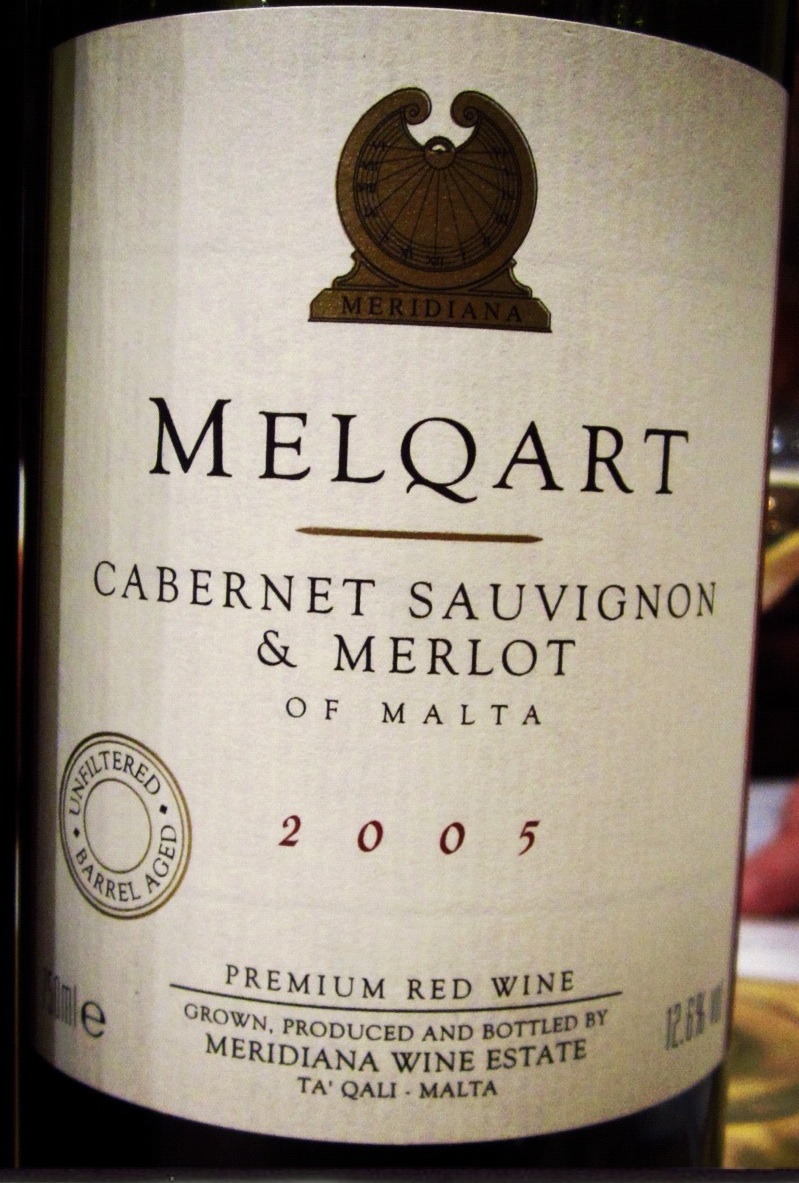 As our curiosity turned to dismay he was suddenly standing amongst us. Preternaturally glowing in the gloomy atmosphere in his white cotton trousers, white shirt and with his shock of white hair, he looked, together with his tanned face and tall spare frame, like some old plantation owner. Mark Miceli-Farrugia, the founder of the estate, was a patrician of the old school, charming, courteous and eloquent. He immediately directed us to the wines which remained untouched. These included the “Isis”, a fresh, tropical Chardonnay, the “Mistral”, a barrel-fermented Chardonnay with a complex structure, the “Melqart”, an artful blend of Cabernet Sauvignon and Merlot grapes, the “Bel”, made from the silky, peppery spice flavours of the Syrah grape, the “Nexus”, a barrique matured Merlot, and the “Celsius Reserve”, a longer aged Cabernet Sauvignon.
As our curiosity turned to dismay he was suddenly standing amongst us. Preternaturally glowing in the gloomy atmosphere in his white cotton trousers, white shirt and with his shock of white hair, he looked, together with his tanned face and tall spare frame, like some old plantation owner. Mark Miceli-Farrugia, the founder of the estate, was a patrician of the old school, charming, courteous and eloquent. He immediately directed us to the wines which remained untouched. These included the “Isis”, a fresh, tropical Chardonnay, the “Mistral”, a barrel-fermented Chardonnay with a complex structure, the “Melqart”, an artful blend of Cabernet Sauvignon and Merlot grapes, the “Bel”, made from the silky, peppery spice flavours of the Syrah grape, the “Nexus”, a barrique matured Merlot, and the “Celsius Reserve”, a longer aged Cabernet Sauvignon.
Now I confess that I’m a bit hopeless when it comes to naming a bottle of wine, but I’m inclined to believe that I’ve got a reliable palate. And for my money, these were good wines. They became even better with Mr Miceli’s dulcet tones ushering in new and unusual facts regarding their creation. Most of the wine names, for instance, which have a sophisticated, evocative feel to them, are inspired by the ancient Phoenician culture, the traders of whom inhabited Malta before the Romans. The “Isis” recalls the Phoenician goddess of sailors whose protective eye can still be seen on local fishing craft, the “Melqart” likewise refers to another old god of sailors and the “Bel” the Phoenician god of fertility worshipped throughout the Punic world.
After this we were led down to the estate’s cellars. Situated four metres below ground down twisting stone steps and lit by wrought iron wall sconces, the cellars were as traditionally beautiful as they were unexpected. Shod in the same pale limestone as above, yellowing with age, with hefty buttresses and graceful arches, they looked like they had been there for centuries. And they were vast, containing massive stainless steel fermentation tanks and nearly three hundred French oak barriques, each with a capacity of 225 litres, stacked one atop the other like giant cheeses. For somewhere so deep below ground the space was surprisingly warm, passively kept at between 18° C and 22° C as being the optimum for mellowing high quality red wine.
Listening to Mr Miceli speak one became aware that he was on something of a mission, to raise the standards of Maltese wine production, to create wines that were world class, of a distinctive Maltese character, and were done so with sustainable practices and without the use of chemical sprays and additives. It was a mission, judging by the wine’s popularity, that seemed to be succeeding. In this he was abetted by two things – passion and belief.
Outside the sky had gone so dark that it appeared there had been an eclipse. Suddenly a long finger of lightning flashed down on Mdina, exactly in the centre, dividing the sky and city in two. And then the rains came, a tropical deluge which made one wonder that the sea hadn’t been upturned over the land. We drove back slowly, the windscreen wipers flapping wildly, our car now a submarine. Sadly our tour and dinner at the Great Harbour Marina was not to be.
Harry’s adventures in Malta continue tomorrow with ancient temples, colourful boats and yet more cars…
The 2014 Valetta Grand Prix in Mdina takes place from Thursday 9th to Sunday 12th October. For news, information, past results and even to participate, visit the website.

